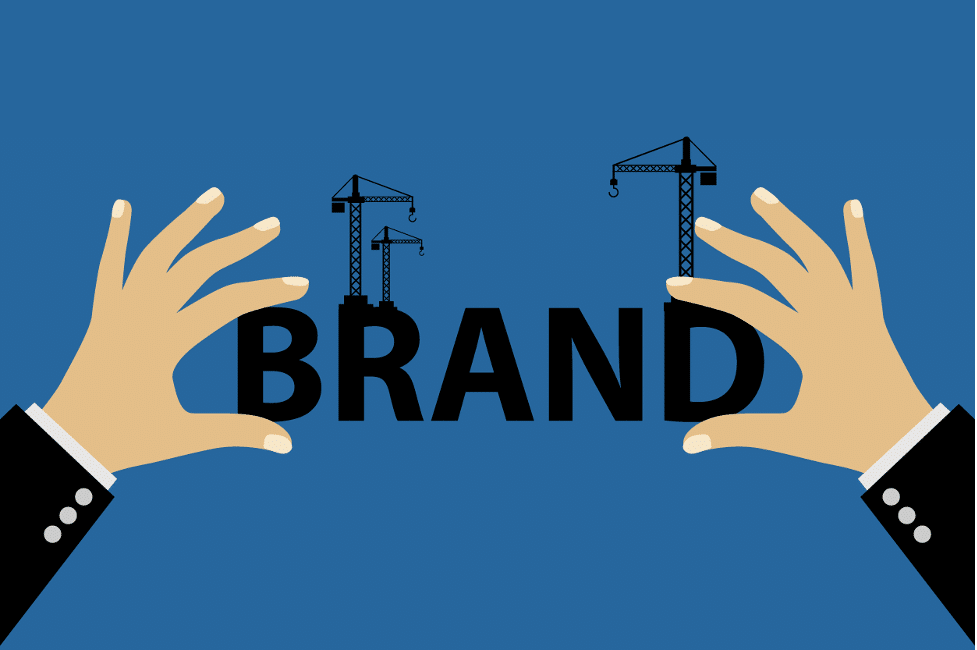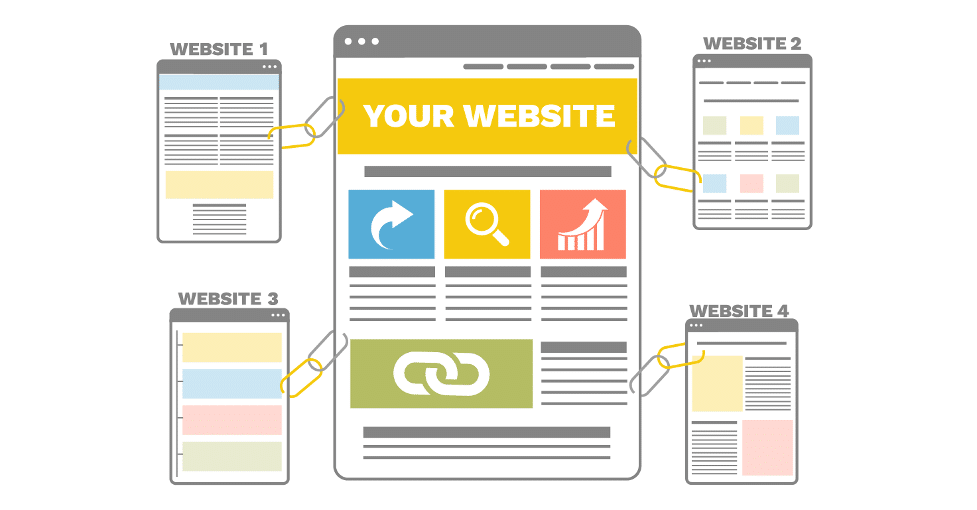Jeff Bezos, the founding father of e-commerce, mentioned “Your brand is what people say about you when you are not in the room”, and he simply nailed it. Goods and services aren’t enough anymore, consumers crave something bigger and more sophisticated. Instead of a particular piece of equipment, there is a need for identity and recognition, stories and values behind it, which makes every brand a multifaceted experience. Every brand is developed is directed towards its main goal – the network of loyal clientele, and well-established relationship with them. Given the fact that the Internet is the main source of information and communication nowadays, the “online” mode is what every promotion brand needs to target.

Building brand recognition online gets down to outreach link building service, as it’s a key to online visibility, high ranking, and thus, better consumer outreach. What are the types of outreach link building services and how to implement them successfully? Let’s follow the guide.
What is link building?
Link building is based on the creation of numerous backlinks which direct the users to your website. The backlinks, also known as inbound, incoming, and one-way links, are placed on various resources with a high level of domain authority. Provided there is a bunch of websites pointing toward yours, the search engine takes it as a sign of reliability and trustworthiness, ranking you higher in the search list, and thus, making your brand more visible to the users.
Types of link building services
Before getting down to various techniques, it is important to distinguish bad ones from good ones, as ignorance may cost you penalties from Google. Generally, there are two types of link building services – White-Hat, and Black-Hat. However, some experts define the third one – the mediator – the Grey-Hat link building. What’s the difference?
1. White hat link building –
or the “good one”. The links are of high quality and value and work perfectly as the optimizers of the website and its brand. They boost your website’s traffic through relevant content and relevant websites for linking.
2. Black hat link building –
or the “bad one”. The backlinks of this type work against Google Webmaster Guidelines and use the exploitative marketing approach. The main goal is to deceive Google that the page provides more useful information, compared to the competitors.
3. Grey рat link building –
the combination of both methods. While creating high-quality relevant content, which is the ‘white’ part, the backlinks are being paid for, which makes the “black” part.
Black hat links may seem to be a faster way to success yet, it is typically marked with low-quality content and spamming, which can take the website to the blacklist in the end. It is highly recommended to follow the White-hat strategy, however, the Grey-Hat strategies are common as well.
Google Approved link building strategies

1. Broken link replacement
How many times have you encountered the “404 error” when coming across various resources? Usually, it’s nothing but a matter of annoyance, yet this time, you can put it to good use. Broken link replacement is a common practice for every outreach link building service as its benefits go both ways.
The procedure is quite easy, you need to search for the relevant websites and check relevant pages with the help of tools like SEMRush, Ahrefs, or Backlinko. When finding pages with broken links, you need to contact the webmaster and offer a replacement with relevant content, which contains incoming links back to your websites.
2. Usage of Google Search Console
Google Search Console is one of the most efficient SEO tools regarding white hat link building. Among numerous features it possesses, it can help you find the domains and pages that backlink to your website, or just mentions it as a referral. When having the list of the websites, you can contact their marketing department and offer to place other links, cross-promotion, free content for their website, etc. Basically, Google Search Console helps you make a list of resources that will be willing to cooperate with you.
3. HARO subscription
HARO, or a help-a-reporter-out resource, is a valuable tool to use by a White hat SEO link building specialist. It helps to build the brand’s awareness through media platforms, enhance traffic, and scale business in the long run.
4. High-quality content
Internet space is full of information, however, finding a reliable source with proven facts, a high level of expertise, and trustworthy information is rather a challenge. If you are intending to create a long-lasting brand, with a history and perfect consumer experience, everything should be based on high-quality input. Wanting other webmasters to place your outreach links and refer to your resource as an authoritative one, you need to post and share top-notch content. In case your website and brand present great value to others, the traffic boost will come naturally, as they will refer to you with no strings attached.
5. Guest posting
Guest posting is a conventional White-Hat technique, which is often used for boosting traffic and building the online image. Guest blogging allows you to insert backlinks to your website within the content. The articles or posts include information on relevant topics, keywords, phrases, and the anchor phrase.
Guest blogging is a great source of backlinks, and it is a constituent part of a company’s image, as all the articles are written highlighting the features and characteristics of a particular company.
6. Infographics
Infographics are a great source of generalized information, statistics, facts, and backlinks. They help to break down the information into comprehensible chunks or create visually appealing charts and graphics. It is a great way to simplify complex information and insert backlinks.
As long as infographics present a brief view of a difficult topic, it is more shareable than plain text, thus, your backlinks will reach a wider audience.
The Bottom Line
Link-building strategy is a part and parcel of any brand-building strategy. Creative and correct backlinks make value for any website, as they make any web resource visible among the competitors, attract more organic traffic, and set the foundation for high authoritativeness. The higher the search rate of the website, the more visitors and conversion rates it has, which is critical for website growth and brand development.
